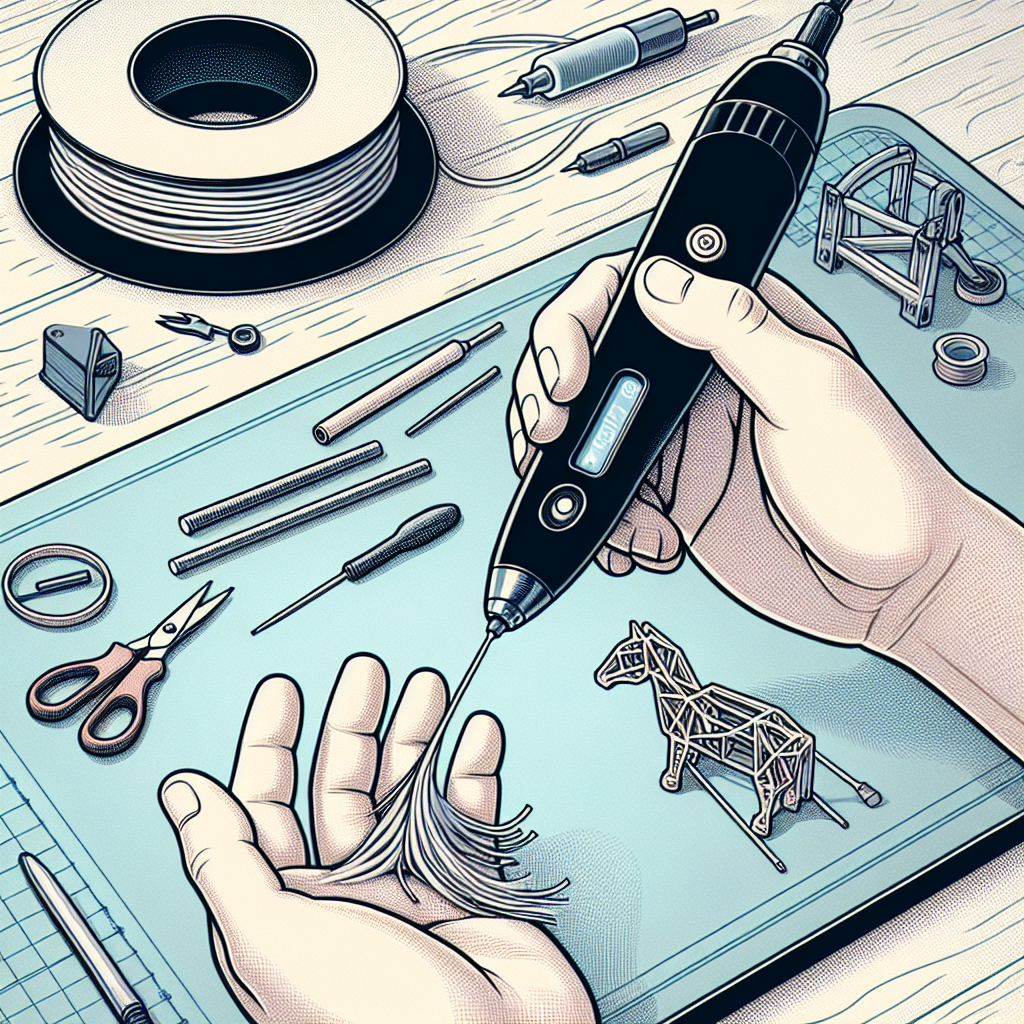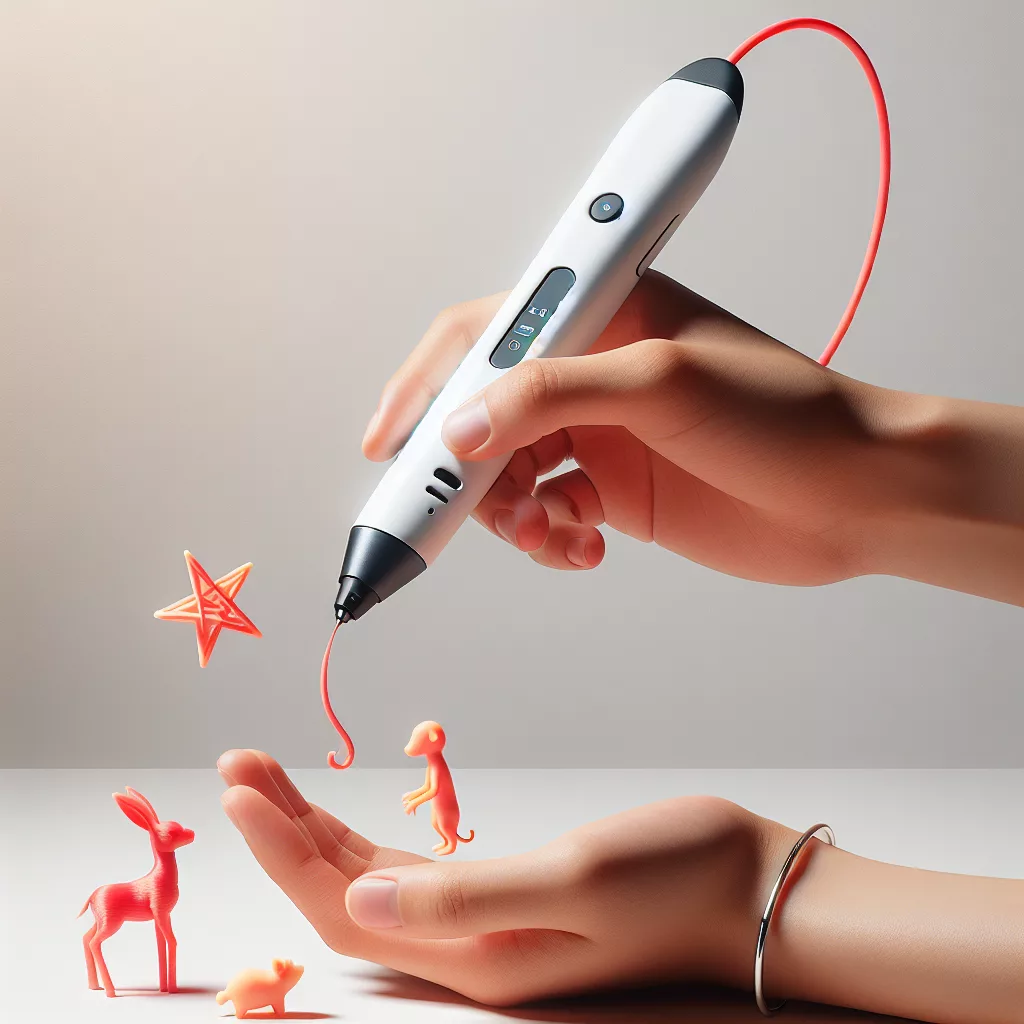Getting Started with 3D Pens: An Introduction
3D pens have carved out a unique niche alongside traditional 3D printers, offering incredible versatility for hobbyists, artists, engineers, and makers. Whether you want to repair broken items, create stunning artwork, or even prototype a design, a 3D pen can be a powerful tool in your creative and repair arsenal.
Understanding How 3D Pens Work
A 3D pen works much like a handheld version of a 3D printer’s extruder. It heats plastic filament—most commonly PLA or ABS—until it’s soft enough to push through the pen’s tip. The melted plastic can then be precisely “drawn” onto surfaces, where it quickly cools and hardens, allowing you to build objects layer by layer or patch up existing ones.
Essential Supplies for 3D Pen Projects
Before diving in, gather these basics:
- 3D Pen (with adjustable temperature for different filaments is ideal)
- Compatible Filament (PLA is easiest for beginners)
- Safety Equipment (like heat-resistant gloves and a well-ventilated workspace)
- Surfaces for Drawing (heat-resistant mats, glass, or masking tape)
- Scissors and Pliers (for trimming and shaping)
Using a 3D Pen for Repairs
One of the most practical uses for a 3D pen is repairing plastic items. Broken toys, cracked phone cases, or chipped household items can often be fixed in minutes.
- Clean the Area: Ensure surfaces are clean and free from oil or debris.
- Align Broken Parts: Hold pieces in place or use tape to secure them temporarily.
- Apply Filament: Trace over the crack or joint, extruding filament directly onto the break. Fill gaps and add extra material for reinforcement if necessary.
- Smooth and Shape: While the plastic is still warm, use a spatula or your (gloved) fingers to smooth the repair. Allow to fully cool before testing the fix.
3D pens excel at making strong, custom joins and patches that can blend in with the original material, especially when using a matching filament color.
Unleashing Your Creativity: 3D Pen Art
For artists, a 3D pen is like holding a magic wand. You can draw in the air, build sculptures, create jewelry, or design custom ornaments.
- Flat Drawings (2D): Start by sketching designs on paper, then trace with your pen. Once cooled, carefully peel the design off the surface.
- 3D Sculptures: Build up art in layers. Draw a base on a flat surface, then gradually extrude vertical structures, “welding” pieces together as you go.
- Mixed Media: Combine 3D pen prints with traditional art supplies like paint, wire, or beads for unique effects.
Experiment with different colors and techniques, such as varying your speed for thicker or thinner lines, or switching filaments mid-project for eye-catching transitions.
Prototyping and Engineering with a 3D Pen
For inventors and engineers, a 3D pen can quickly transform concepts into tangible models.
- Quick Prototypes: Sketch frame structures, joints, or casings directly from your mind to your workbench. This is perfect for testing fit or form before committing to a full 3D printer job.
- Custom Supports or Fixtures: Make bespoke brackets, clips, or holders on the fly.
- Modification and Iteration: Add features or modify existing 3D prints with your pen, from extra strength ribs to on-the-spot design tweaks.
The tactile nature of working with a 3D pen allows for rapid iteration and hands-on troubleshooting that’s difficult to achieve with digital-only design tools.
Tips for Success with 3D Pen Projects
- Practice Makes Perfect: Spend time experimenting with line thickness, speed, and temperature settings relevant to your filament type.
- Keep It Clean: Wipe your pen’s nozzle regularly to prevent jams or clogs.
- Work in Layers: Let each layer cool before adding more material for cleaner, more stable results.
- Don’t Rush Repairs: For strong, lasting repairs, build up material gradually rather than applying large blobs all at once.
Conclusion: Expanding Your Making Potential
A 3D pen is more than just a gadget—it’s a bridge between digital modeling and hands-on making. Whether you’re patching up a favorite item, exploring new artistic frontiers, or rapidly prototyping your latest invention, a 3D pen is an accessible, versatile tool that brings your ideas to life, one strand of filament at a time. Try adding one to your workshop and see where your creativity takes you!


Leave a Reply